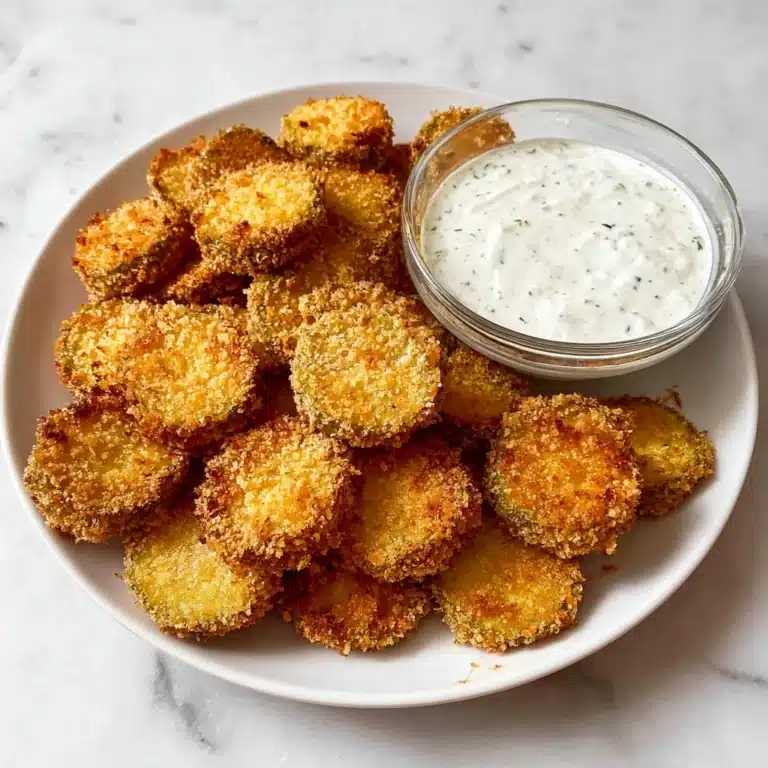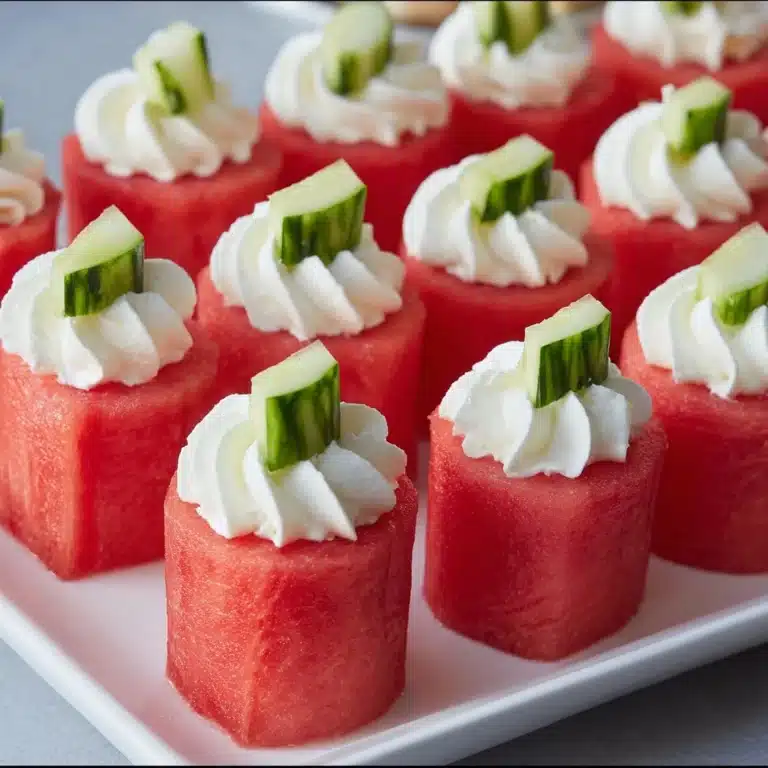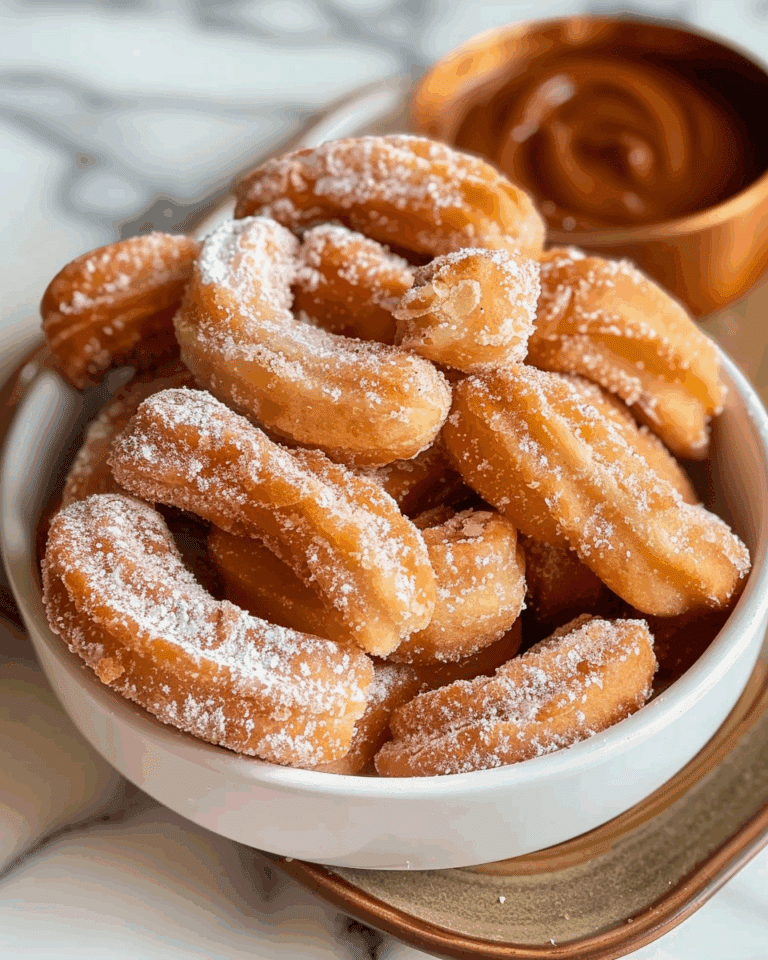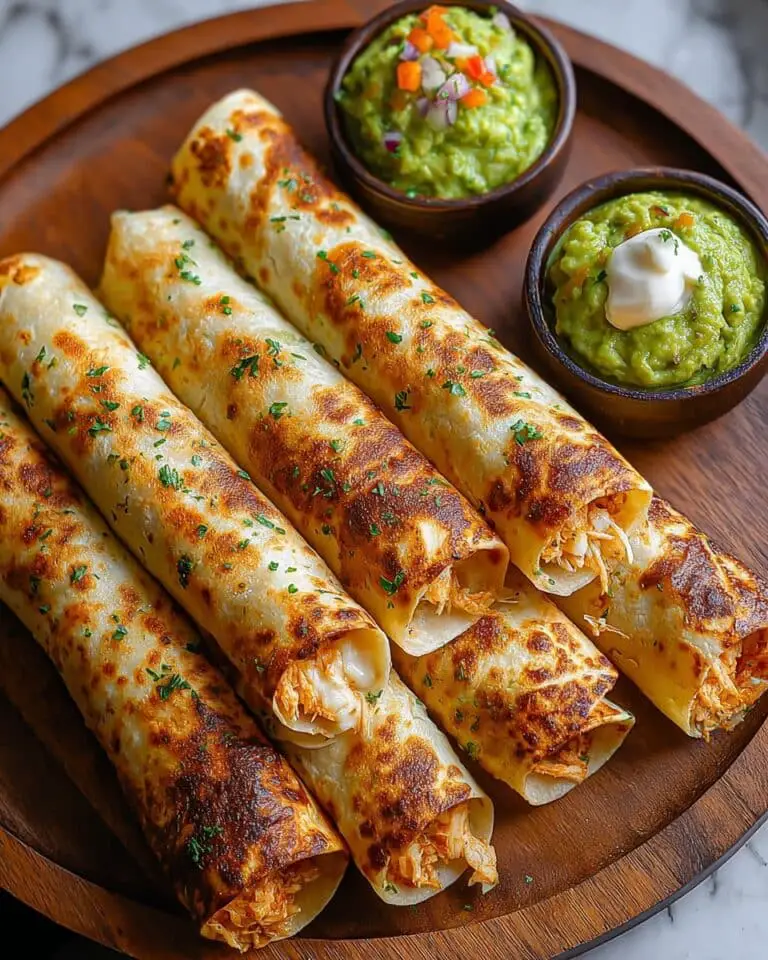If you’re looking to treat yourself to a genuinely comforting Caribbean classic, you’re in for a true delight with How To Make Haitian Beignets. These golden, slightly crisp fritters—with their addictive banana aroma, gentle spice, and sweet dusting of sugar—are crowd-pleasers at any gathering. Easy to whip up with ingredients you likely have on hand, beignets bring a taste of Haiti’s vibrant street food scene straight to your kitchen. Once you try your first warm, pillowy bite, you’ll see why this treasured treat is loved by so many families.

Ingredients You’ll Need
One of the best things about making How To Make Haitian Beignets is how delightfully simple the ingredient list is—each element has an important role in achieving that perfect flavor and texture. Nothing fussy, just familiar flavors coming together for something truly special!
- Mashed Bananas: Overripe bananas are perfect—they bring natural sweetness and help keep the beignets moist inside.
- All Purpose Flour: The backbone of your batter for just the right structure and fluffiness.
- Baking Soda: Adds lift, ensuring your beignets fry up light instead of dense.
- Granulated Sugar: Enhances sweetness and also adds a delicate crunch when dusted on top.
- Vanilla Extract: Rounds out the flavor, making each bite cozy and aromatic.
- Ground Nutmeg: Delivers that classic warmth—just a hint ties all the flavors together.
- Carnation Milk (or Water): Carnation milk gives extra richness, but water works in a pinch.
- Egg: Binds everything together for a cohesive, smooth batter.
- Almond Extract: Adds an extra layer of nuance and fragrance that’s instantly memorable.
- Kosher Salt: Balances all the sweetness and gives depth of flavor.
- Ground Cinnamon (Optional): If you love cinnamon, don’t skip it—it gives the beignets classic warmth.
- Oil for Frying: Peanut, canola, or vegetable oil all work perfectly for that irresistible golden exterior.
How to Make How To Make Haitian Beignets
Step 1: Mash the Bananas
Start by peeling your bananas and mashing them thoroughly. The riper, the better—they mash easier and bring a natural sweetness that’s hard to replicate. You can use a fork for a rustic texture, or a food processor if you want a smoother result. Make sure there aren’t any large lumps, as a smooth base helps the beignets cook more evenly.
Step 2: Mix the Wet Ingredients and Spices
In a large mixing bowl, add the sugar, Carnation milk (or water), egg, salt, baking soda, vanilla extract, almond extract, nutmeg, and ground cinnamon (if using) to your mashed bananas. Whisk the mixture well until everything is fully combined—the aroma at this stage is already mouthwatering! Mixing thoroughly ensures even flavor and texture throughout your beignet batter.
Step 3: Fold in the Flour
Gently add the all-purpose flour into your wet mixture. Fold it in slowly until there’s just no more visible flour. The key here is not to overmix—this keeps the beignets tender. Your batter should be thick, but definitely not dense or dry. If it feels too heavy, you can thin it slightly with a tablespoon or two of extra Carnation milk or water.
Step 4: Heat the Oil
Pour about two cups of your favorite frying oil into a large, deep pan. Heat it to around 350°F, but never below 325°F. This is important—too cool, and the beignets will soak up oil and turn soggy; too hot, and the outside will brown too quickly before the inside cooks. Use a thermometer if you have one, or test with a small drop of batter that should fizzle and quickly rise to the top.
Step 5: Fry the Beignets
Using an ice cream scoop (or two spoons), carefully drop mounds of batter into the hot oil in batches. Don’t crowd the pan—the beignets need space to puff up and brown evenly. Fry each for about two minutes on every side, turning them gently to get a uniform golden hue. The kitchen will smell incredible!
Step 6: Drain and Cool
As soon as the beignets are beautifully golden and crisp, use a slotted spoon to transfer them to a plate lined with paper towels. Let them drain and cool slightly—this helps them crisp up further and keeps them from becoming greasy.
Step 7: Dust and Serve
While they’re still just a bit warm, dust your Haitian beignets generously with granulated sugar. Grab your first one while it’s warm and fluffy—the sugar adds a lovely crunch, and you’ll taste the banana and spices in every bite. That’s How To Make Haitian Beignets just like you’d find at a Haitian celebration!
How to Serve How To Make Haitian Beignets

Garnishes
The easiest and most traditional garnish is a simple sprinkle of granulated sugar, which sticks beautifully to warm beignets. Some also enjoy a light dusting of powdered sugar for a snow-like flair, or even a drizzle of honey for an extra indulgent treat. Dress them up or down—the base flavor is so irresistible, that any touch feels special.
Side Dishes
How To Make Haitian Beignets are at their best with classic Haitian coffee or a fruity punch by their side. For a brunch table, pair them with fresh fruit salad or creamy yogurt. If you’re serving as an appetizer at a party, they make a delightful counterpoint to something savory and spicy—they balance out heat and salt perfectly!
Creative Ways to Present
Thinking outside the box? Stack beignets artfully on a cake stand for a festive centerpiece, or pass them around in small paper cones like you’d get from street vendors. For a fun twist, serve warm beignets with little bowls of fruit preserves or spiced caramel sauce for dipping. However you present them, these golden bites are guaranteed to get attention.
Make Ahead and Storage
Storing Leftovers
If you happen to have any beignets left (they’re usually devoured fast!), place them in an airtight container lined with paper towels. They’ll keep at room temperature for a day, or in the fridge for up to three days. The paper towels soak up extra moisture to help maintain that beautiful texture.
Freezing
Want to extend the joy? Let your beignets cool completely, then lay them in a single layer on a parchment-lined baking sheet and freeze until solid. Once frozen, transfer to a freezer-friendly bag or container—they’ll keep well for up to a month. This method lets you enjoy How To Make Haitian Beignets on demand!
Reheating
To bring back their fresh-from-the-fryer glory, reheat beignets in a 300°F oven for about 8-10 minutes—no need to thaw first if they’re frozen. Avoid microwaving unless you’re in a pinch, as it can make them soggy. A short crisp in the oven works wonders for reviving that signature exterior.
FAQs
Can I make these gluten-free?
Yes! Substitute the all-purpose flour with a 1:1 gluten-free baking blend. The texture might be slightly different but the flavor remains delicious and true to the heart of How To Make Haitian Beignets.
Do I have to use bananas or can I try other fruits?
Bananas are traditional and give these beignets their iconic flavor, but feel free to experiment. Mashed sweet plantains, pumpkin, or even applesauce can create fun twists, though you may need to tweak the sweetness and thickness of your batter.
Can I make the batter in advance?
You can prepare the batter a few hours ahead and keep it covered in the fridge. Beignets are best fried just before serving, so hold off on frying until you’re ready, but a cold rest can even improve the texture!
What’s the best oil for frying?
Neutral oils like canola, vegetable, or peanut oil are great choices for frying How To Make Haitian Beignets. They handle high heat well and don’t add any competing flavors to your delicate treats.
How do I know when beignets are cooked through?
They should be beautifully golden on the outside and feel light and puffy. If you’re unsure, you can always break one open—the inside should be moist but not doughy. With a little practice, you’ll get the hang of it by sight and smell alone!
Final Thoughts
There’s nothing like sharing a warm batch of homemade How To Make Haitian Beignets—it’s a recipe that brings joy to every kitchen and puts smiles on every face. Give it a try, and don’t be surprised when it becomes a new favorite tradition for your own family and friends!
PrintHow To Make Haitian Beignets Recipe
Learn how to make delicious Haitian beignets with this easy recipe. These fried dough treats are perfect for breakfast or as a snack, with a delightful blend of flavors and a crispy exterior. Enjoy the taste of Haiti in every bite!
- Prep Time: 15 minutes
- Cook Time: 25 minutes
- Total Time: 50 minutes
- Yield: 20 Beignets
- Category: Appetizer
- Method: Frying
- Cuisine: Haitian
- Diet: Vegetarian
Ingredients
Batter:
- 3 Mashed Bananas
- 1 ⅓ Cup All-Purpose Flour
- ½ Tsp. Baking Soda
- ¼ Tsp. Granulated Sugar Plus more for dusting
- 2 Tsp. Vanilla Extract
- ½ Tsp. Ground Nutmeg
- 1 Can Carnation Milk (12 Fl. Oz.) Or Water
- 1 Egg
- ½ Tsp. Almond Extract
- ¼ Tsp. Kosher Salt
- ½ Tsp. Ground Cinnamon (Optional)
For Frying:
- 2 cups Oil (for frying)
Instructions
- Mash the bananas: Use a fork or food processor to mash the bananas until smooth.
- Mix the batter: Add sugar, milk, eggs, salt, baking soda, nutmeg, cinnamon (if using), vanilla, and almond extract. Mix well and fold in the flour.
- Heat oil: In a large frying pan, heat 2 cups of oil to 350°F.
- Fry the beignets: Use an ice cream scoop to add batter in batches. Fry for 2 minutes per side.
- Cool and serve: Remove from heat, drain on paper towels, dust with sugar, and enjoy!
Notes
- When printing the recipe, please unselect the camera icon so that the pictures are NOT printed with the recipe.
- Calories are estimated per serving.
- Preparation Notes:
- Ensure bananas are well mashed for a smooth batter.
- Maintain oil temperature between 325-350°F for best results.
- Adjust batter thickness for desired beignet texture.
- Drain excess oil on paper towels before serving.
- Use peanut, canola, or vegetable oil for frying.
Nutrition
- Serving Size: 1 Beignet
- Calories: 120
- Sugar: 6g
- Sodium: 150mg
- Fat: 5g
- Saturated Fat: 1g
- Unsaturated Fat: 4g
- Trans Fat: 0g
- Carbohydrates: 18g
- Fiber: 1g
- Protein: 2g
- Cholesterol: 15mg








